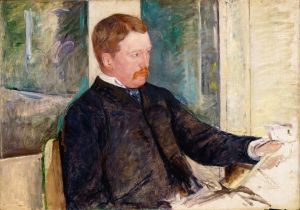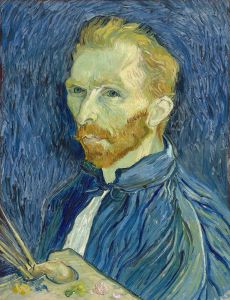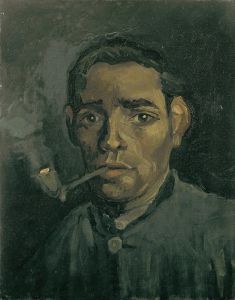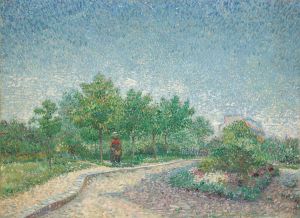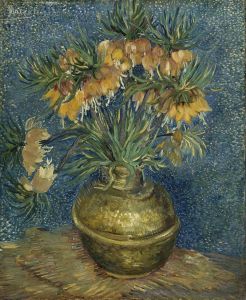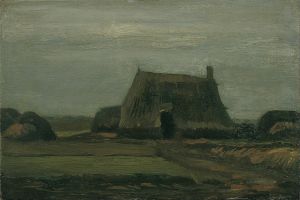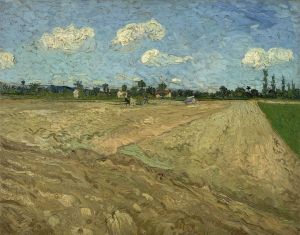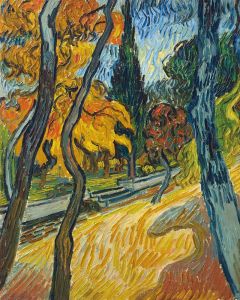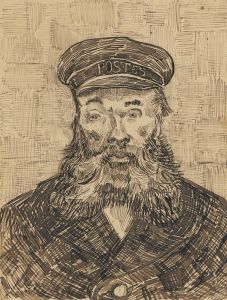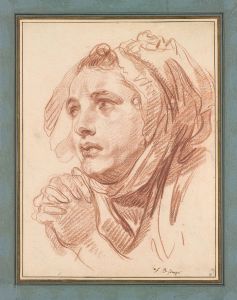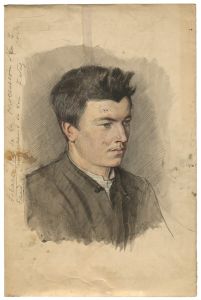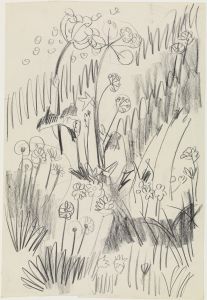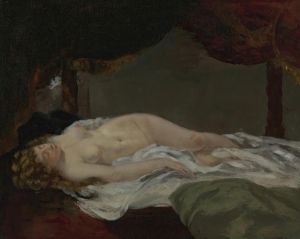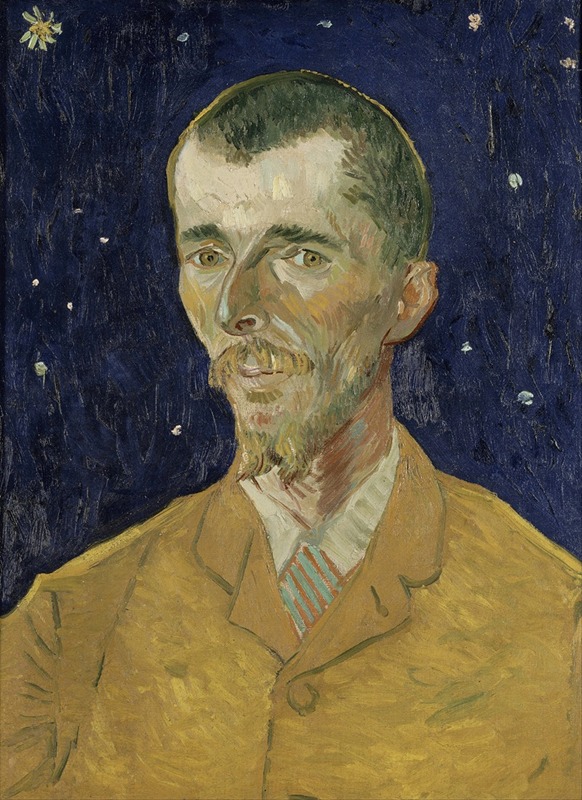
Eugène Boch
A hand-painted replica of Vincent van Gogh’s masterpiece Eugène Boch, meticulously crafted by professional artists to capture the true essence of the original. Each piece is created with museum-quality canvas and rare mineral pigments, carefully painted by experienced artists with delicate brushstrokes and rich, layered colors to perfectly recreate the texture of the original artwork. Unlike machine-printed reproductions, this hand-painted version brings the painting to life, infused with the artist’s emotions and skill in every stroke. Whether for personal collection or home decoration, it instantly elevates the artistic atmosphere of any space.
Eugène Boch by Vincent van Gogh
Eugène Boch is an oil painting created by the Dutch Post-Impressionist artist Vincent van Gogh in September 1888. The work depicts Eugène Boch, a Belgian painter and a friend of van Gogh, and is considered one of van Gogh's notable portraits. The painting is currently housed in the Musée d'Orsay in Paris, France.
Van Gogh painted this portrait during his time in Arles, in the south of France, where he sought to establish an artist community and was deeply inspired by the region's vibrant colors and light. Eugène Boch visited van Gogh in Arles, and their shared interest in art and ideas about modern painting led to a brief but meaningful friendship. Boch, who came from a family of ceramic manufacturers, was also an artist associated with the Symbolist movement.
In the portrait, van Gogh portrays Boch as "a poet," a term he used to describe artists who, in his view, sought to express deeper truths and emotions through their work. The painting features Boch seated against a background of a starry night sky, which van Gogh added to symbolize the infinite and the spiritual. This choice of background reflects van Gogh's interest in the connection between humanity and the cosmos, a recurring theme in his work.
The composition is characterized by van Gogh's bold use of color and expressive brushwork. Boch's face is rendered with warm, earthy tones, contrasting with the cooler blues and greens of the background. The brushstrokes are dynamic and textured, a hallmark of van Gogh's style during this period. The painting captures not only the physical likeness of Eugène Boch but also a sense of his personality and the artist's own emotional connection to his subject.
Van Gogh wrote about this portrait in letters to his brother, Theo van Gogh, describing his intention to create a portrait that went beyond mere physical resemblance. He aimed to convey the inner essence of his subject, which he referred to as "a portrait of a dreamer." This approach reflects van Gogh's broader artistic philosophy, which sought to infuse his works with emotional and symbolic meaning.
After completing the portrait, van Gogh expressed his hope that it would be part of a series of portraits of artists, which he envisioned as a "gallery of modern art." However, this ambitious project was never realized. Despite this, Eugène Boch remains a testament to van Gogh's innovative approach to portraiture and his ability to capture the spirit of his subjects.
The painting has been widely studied and admired for its artistic and historical significance. It offers insight into van Gogh's relationships, his artistic goals, and his evolving style during one of the most productive periods of his career.





